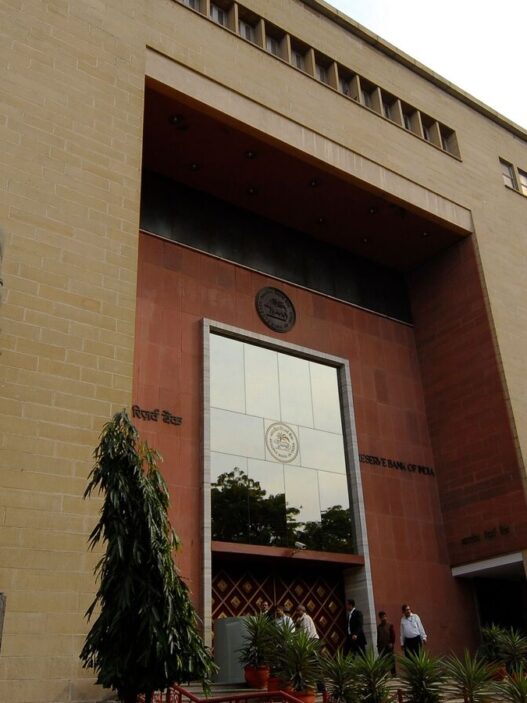Adverse tax assessments by tax authorities often result in additional tax liabilities, commonly known as “tax demand.” Under the Income-tax Act (IT Act), taxpayers must pay the tax demand within 30 days of receiving the demand notice. While they have the right to challenge an adverse order before a higher forum, the complexity of managing the tax demand remains an independent challenge—one that requires urgent attention.
The Assessing Officer (AO) has the discretion to grant a stay on the tax demand while an appeal is pending before the commissioner, provided the taxpayer demonstrates valid grounds. However, obtaining a stay order is often a cumbersome and inefficient process. Taxpayers frequently need to follow up multiple times or make repeated visits to the tax office. The lack of automation, coupled with the absence of a legally defined timeframe for processing stay applications, undermines the efficiencies gained through faceless assessments.
Read this | Simplify, simplify, simplify: The mantra of India’s Income Tax Bill
To secure a stay, the AO may require the taxpayer to pay up to 20% of the disputed tax. In specific cases, the AO can demand a higher percentage, but only under well-defined circumstances and with documented reasons and approval from superiors. These requirements are outlined in the Central Board of Direct Taxes (CBDT) guidelines, which state that a stay may be granted once 20% of the tax demand is paid while filing an appeal with the Commissioner of Income Tax (Appeals) [CIT(A)].
Yet, in practice, even after meeting this requirement, taxpayers often do not receive a formal stay order. Consequently, the outstanding demand continues to reflect on the taxpayer’s account, enabling the tax department to automatically adjust future refunds against it—regardless of the pending appeal. This issue arises because the grant of stay orders is still a manual process, whereas refund adjustments are automated through the Central Processing Unit (CPC), often leading to the full tax demand being collected despite the taxpayer’s right to a stay.
Given the government’s emphasis on leveraging tax technology, it is time to digitize and streamline the stay application process, reducing reliance on physical paperwork and manual intervention. An online platform would not only simplify submissions for taxpayers but also enhance transparency and accountability.
Read this | Vivek Kaul: Will the government run out of luck with its securities transaction tax mop-up?
Additionally, the government should introduce a statutory time limit for tax officers to act on stay applications, ensuring timely decisions and minimizing inefficiencies. Mandating a specific timeframe for processing would make the system more responsive and provide taxpayers with quicker relief from disputed tax demands.
While the CBDT’s circular on the stay of demand is objective, its execution remains inefficient. Taxpayers have a reasonable right to a stay in most cases after paying up to 20% of the demand, as per the circular. However, this right is often compromised when future refunds are automatically adjusted against the disputed tax demand—an unfair practice that needs urgent correction.
To address these concerns and ease the burden on taxpayers, the government must take decisive steps to modernize the stay application process. One potential solution is the creation of an independent authority with PAN-India jurisdiction to oversee the consistent implementation of CBDT’s guidelines on tax demand stays. This authority would be responsible for reviewing applications, ensuring compliance with existing rules, and providing timely decisions on stay requests.
Also read | How a Volkswagen software became the centre of a $1.4 billion tax dispute in India
While efforts have been made to reduce taxpayers’ physical interactions with the tax department, digitizing and standardizing the stay process would further build trust. An online system would minimize arbitrary rejections or inaction on stay applications and safeguard taxpayers’ right to obtain a stay of demand until the matter is sub-judice.
Vishwas Panjiar is a partner, and Shubham Jain is an associate director at Nangia Andersen LLP.












